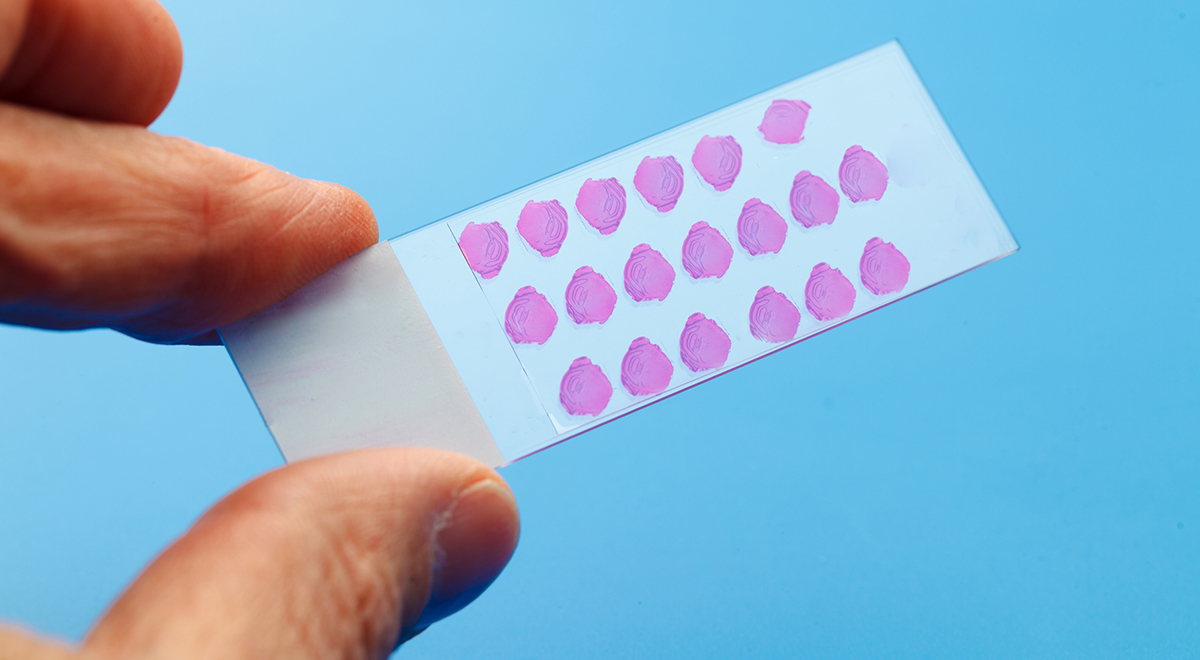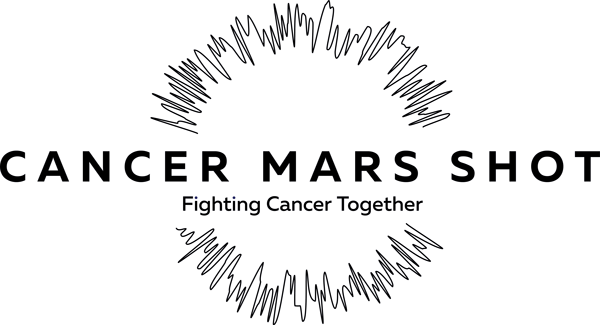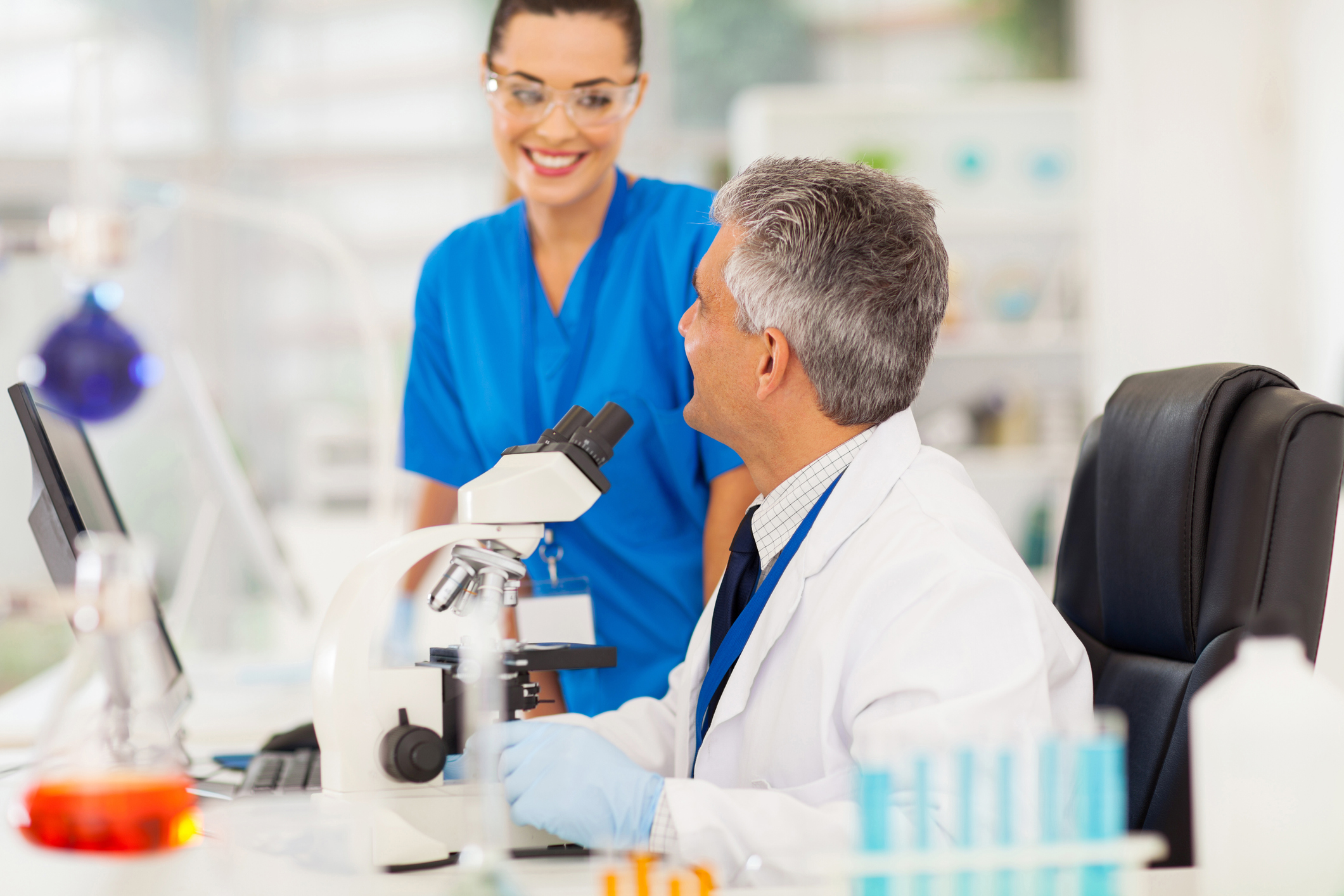Perspectives on Biobanking: Current Challenges and Future Directions

Biospecimens are steadily gaining the attention of the research and medical communities. But while indispensable for the advancement of modern biomedical research, their use comes with several ethical, technical, and regulatory challenges. Tackling those persistent issues and risks requires a good understanding of the nature and purpose of biospecimen procurement which in many scenariosis is quite limited.
Working towards raising awareness on the role of biobanking for the advancement of biomedical research and precision medicine brings us closer to the key experts in the field. Through our discussions with them we aim to deliver a comprehensive image of the environment and its various stakeholders. Our conversations on the “Experts Talk” episodes clearly outline common visions and goals across different fields connected to biospecimens.
Here, we summarize the main points from our latest episodes that we consider to be representing the perspectives on the current hurdles and the next steps in biobanking.
Biospecimens are indispensable for biomedical research
“Biospecimens are now the new currency of research,” stated Dr. Daniel Catchpoole, associate professor at The University of Technology Sydney, head of the biospecimen research services at the Children’s Hospital at Westmead, and Immediate Past President of ISBER (International Society for Biological and Environmental Repositories), a global biobanking organization and leader in settling networking, education, standardization, and innovation in the world of biobanking.
With over 30 years of laboratory research experience on the molecular and cellular mechanisms of paediatric malignancies and biobanking, Dr. Catchpoole is one of the key experts in the field who has a vision of the main pillars of healthcare innovation: the biobanking structures, the scientific research process, and the translation of their findings into bedside solutions for patients. “Everything that happens to a patient in a hospital is built on the backbone of someone doing research,” said Catchpoole.
Across the globe and in a very different environment, Francesco Florindi, Strategic Partnerships Manager in Predictive Genomics at Thermo Fisher Scientific, has a similar undersdtanding of the role of biospecimens in research and healthcare. “All the wonderful genomic innovations that we know can happen in the future starts from a sample. Biobanking is the flame that starts everything in innovation in the field of healthcare,” he told us.
Florindi’s expertise in biobanking dates from his experience as Strategy and Partnership Manager at the Biobanking and BioMolecular Resources Research Infrastructure (BBMRI), a European biobanking infrastructure, supporting biomedical research by bringing together researchers, biobankers, industry, and patients. He has a comprehensive overlook of the actions needed for making personalized medicine a standard treatment for all patients. In his opinion, managing correctly biospecimens is the first step for advancing in this direction. “Personalized medicine, preventive genomics, new treatments, none of these wonderful innovations happen without a strong biobanking sector. Policymakers and investors still don’t realize this basic fact. There is a huge effort that biobanks need to do to take their own rightful position in the personalized medicine narrative.” said Florindi.
“Biospecimens are now the new currency of research.” Dr. Daniel Catchpoole
Inproving patient centricity
For us at Audubon, patients’ wellbeing is one of our highest priorities and a crucial core value. We are excited to see the biopharma and healthcare scenes adopting the same values and becoming more patient-centric.
Our two speakers are also, in different ways, connected to patients: one from within the hospital environment and the other through patient advocacy and policy-making actions. Despite of the different contexts of their work, both experts have similar opinions on the topic of patients’ engagement in the biospecimen procurement process. “It’s crucial for patients to know more about biobanks,” stated Florindi.
“Biospecimens come from human beings. We need to make sure that the patients maintain some degree of agency in the process. We don’t need to keep them out of the loop,” added Catchpoole.“The industry needs to know that. If I give you a sample, I have a patient at the other end who wants to know what that sample is doing. So do the research, follow-through, make sure that those samples are being used. We should not be wasting samples.”
Dr. Catchpoole also reflects on the crucial and responsible role of the biobanker as the point of contact between patients and research and the responsibility this role carries for the better understanding of scientific research by patients and the general public. “When it comes to dealing with patients, the biobanker is often the first person that patients will encounter who’s engaged in research. That is their first interaction with the scientific community. Biobanking has an important place in getting the message about the value of biospecimens and science across. If we get that message across, hopefully, it will raise the profile and the value of what we do as biobankers.”
“Biobanks cannot just be the providers of the data. They can also help understand this data and build on the trust of the donors to unlock the potential of this information, keeping everyone’s privacy safe, keeping everyone’s right in check.” Francesco Florindi
Balancing data availability and privacy protection
When speaking about patients we also speak about ethics, protection, and well-being. At the same time, patients’ medical, personal, and genetic data accompanying the donated biospecimens is becoming a crucial source for researchers. One of main points raised by our speakers is the issue of balancing between making personal and medical data available and ensuring that patients privacy remains intact. “There is the need for a new social contract, for a new understanding between donors, biobanks and researchers, private or public, to rethink the way we share samples,” said Florindi.
“Working ethically and freeing up samples so that people can do the research and realizing there’s that juncture between the authorities that want to regulate and control and the researchers that want to be free and discover things. We need to find a good merge between those things,” outlined Catchpole. “Biobanks need to be that gateway that allows researchers to be free to discover. The gatekeeper that lets them have the tissue, ensures that it’s safe, that it’s fit for purpose, that any data that goes along is protected and managed appropriately, and that the associated people are protected. That’s the value that a biobank must allow research to happen.”
For both experts the trends are moving strongly towards data becoming more important to research than the tissue itself. “For predictive genomics to deliver its potential, to make genomics an instrument to avoid people getting sick rather than diagnosed, or treated, we need biobanks that move closer and closer to data, to being a data infrastructure rather than a sample infrastructure,” said Florindi and Catchpoole added: “Biobanking and informatics are becoming very much of an integrated network system where biobanking will become an informatics problem, not a pathology one.”
These trends are clearly driving the urgent need to develop and implement solutions and practices to allow flexibility and usability of data while ensuring that no harm is caused. The vision of Florindi is that biobanks need to become an active stakeholder in this process and drive the narrative of how data is shared and used. “Biobanks cannot just be the providers of the data. They can also help understand this data and build on the trust of the donors to unlock the potential of this information, keeping everyone’s privacy safe, keeping everyone’s right in check.”
The future of biobanking lies in collaboration
One of the main hurdles in the field of biospecimen procurement and biobanking is the strongly fragmented nature of this area of the biomedical world. Today, it is very clear that the use of patient-derived biosample is only going to rise as well as the need to optimize the process while protecting the patients and their data. Achieving this goal relies on joined forces from all stakeholders, improved awareness about the benefit of biospecimens for new therapies development, and new actions and disciplines to close the existing gaps. “More and more biobankers understand that they need to be connected with clinical trials, with drug development and genomics. (…) Companies like yours are filling a gap in the market, which is very big,” said Florindi.
All of the efforts listed above are possible if collaboration becomes the mindset for everyone involved. “We need a policy around how samples are distributed and how we engage with different organizations. We have to learn to work with the industry, and the industry has to learn to work with hospitals. That is something that has to become part of that policy basis,” stated Catchpoole.
“Biobanks need to start thinking about sustainability and maybe move a little bit from the academic to a more service-oriented setting. This comes with many ethical and legal issues for public, for non-profit biobanks, but an effort is needed to find a compromise, otherwise biobanks risk their very existence,” stated Florindi. But while private biobanks indeed make biospecimens available to a larger scientific audience, Florindi also reflected on the required improvements that this sectors needs to address: “There is a narrative that commercial biobanks should take into account. There is always the need to understand exactly where the samples come from, and that all legal and ethical aspects have been respected throughout the process of collecting and sharing samples and data.”
The fact that experts across fields and geographic locations identify common challenges and goals for biobanking is a promising sign for the future of the field. This shows that, even if we still have a long way to go, we are all looking in the same direction.
Does your scientific question rely on biosamples availability? Contact our team to learn more about our collection capabilities. Or if you are curious to learn more about the biobanking environment, listen to the full interviews of Francesco Florindi and Dr. Daniel Catchpoole, which are part of Audubon’s “Experts Talk” interview series.



